By Jeffrey R. Yago, P.E.
It may be surprising to learn that there are now all kinds of do-it-yourself solar powered devices specifically designed to make farmers and ranchers lives easier and safer. Many of these solar systems are also helpful for anyone in the suburbs with larger acreage. Several of the solar devices I will be reviewing were addressed in far more detail in past articles. I have included a reference to the specific issue for those who would like more details, including installation and wiring instructions.
For many years anyone wishing to use solar power had to assemble the separate solar panels, charge controllers, and batteries, while suppliers provided little or no wiring instructions. Today solar has clearly gone mainstream and you can find prewired packages and kits for every solar system you will ever need. Most kits require little or no wiring skills and utilize safer low-voltage battery power. Any solar components that are still installed separately have been selected and pre-matched with the other supplied components to maximize system performance and eliminate installation problems.
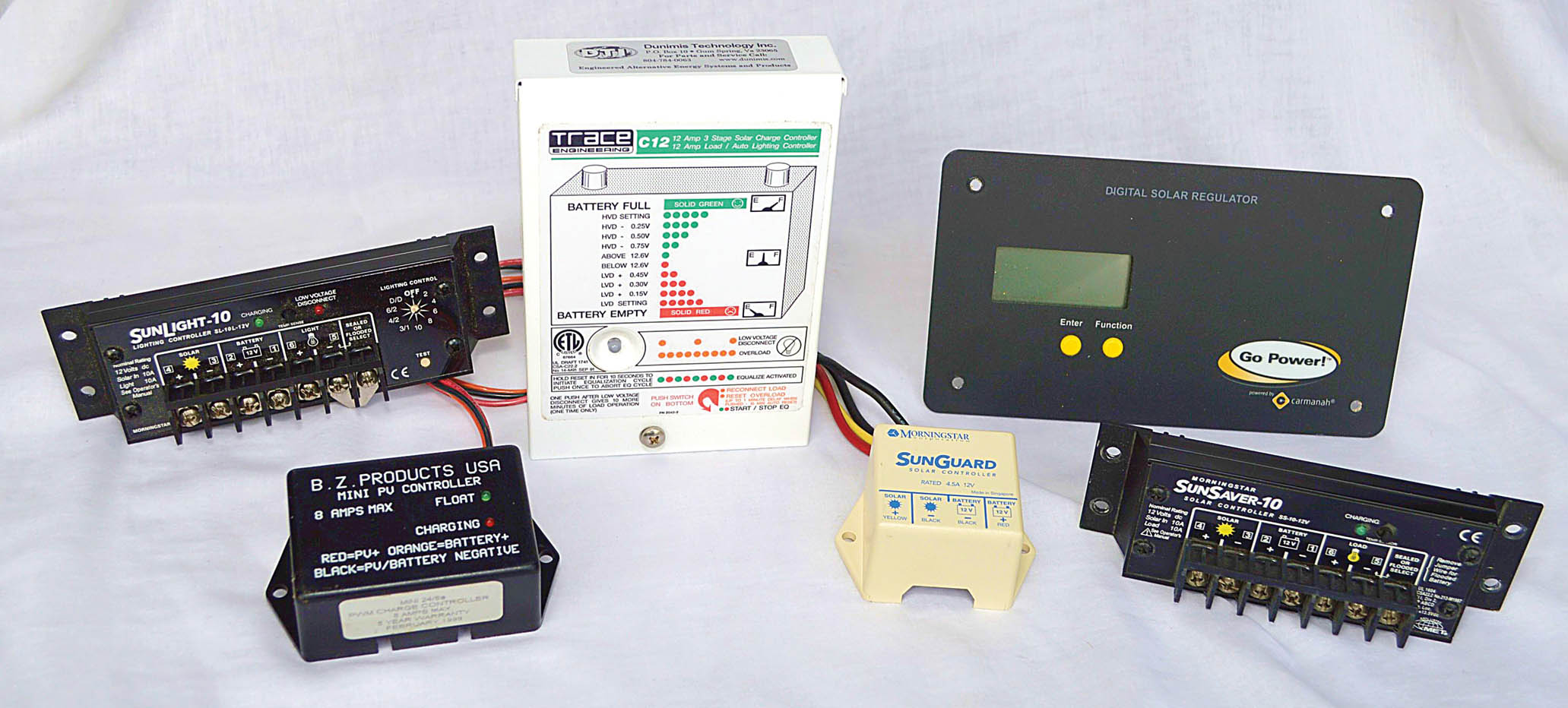
Solar charge controllers for smaller size systems
For example, when those of us early adapters that helped start the solar industry were installing these early systems, we had to go through lengthy calculations for every project to estimate how many amp-hours a specific load would consume each day. Then we had to estimate how many solar modules will be needed to generate this amount of power based on the charge controller used, the ambient temperature, and review sun-hour tables which were still rarely available for many locations or for the tilt and orientation of the proposed solar array. Next, you had to determine the amp-hours and depth of discharge needed to size the battery or batteries, and finally figure out the safest way to wire all these separate components together.
These days things are much simpler since most manufacturers now offer prepackaged solar systems that include simple sizing tables to pick the best solar package for your specific application. Many solar kits now include the battery, solar charger controller, and inverter prewired and pre-installed into a single enclosure, with one or more solar modules and separate connecting wire and mounting kits. This allows the solar panel to be located separately from the battery and inverter or solar load for more direct solar exposure.
Many of these kits include all connecting cables which have polarized male and female plugs and receptacles making it almost impossible to connect something reversed. The earlier solar components being sold when the solar industry was just beginning would be instantly destroyed if you mistakenly connected the positive and negative terminals backwards! Most of today’s solar charge controllers and inverters will simply say “hey dummy, switch the wires” in the digital error display with no harm done. Solar is clearly much more user friendly today and there is no reason any farmer, rancher, or weekend gardener cannot install these systems themselves with only basic hand tools.
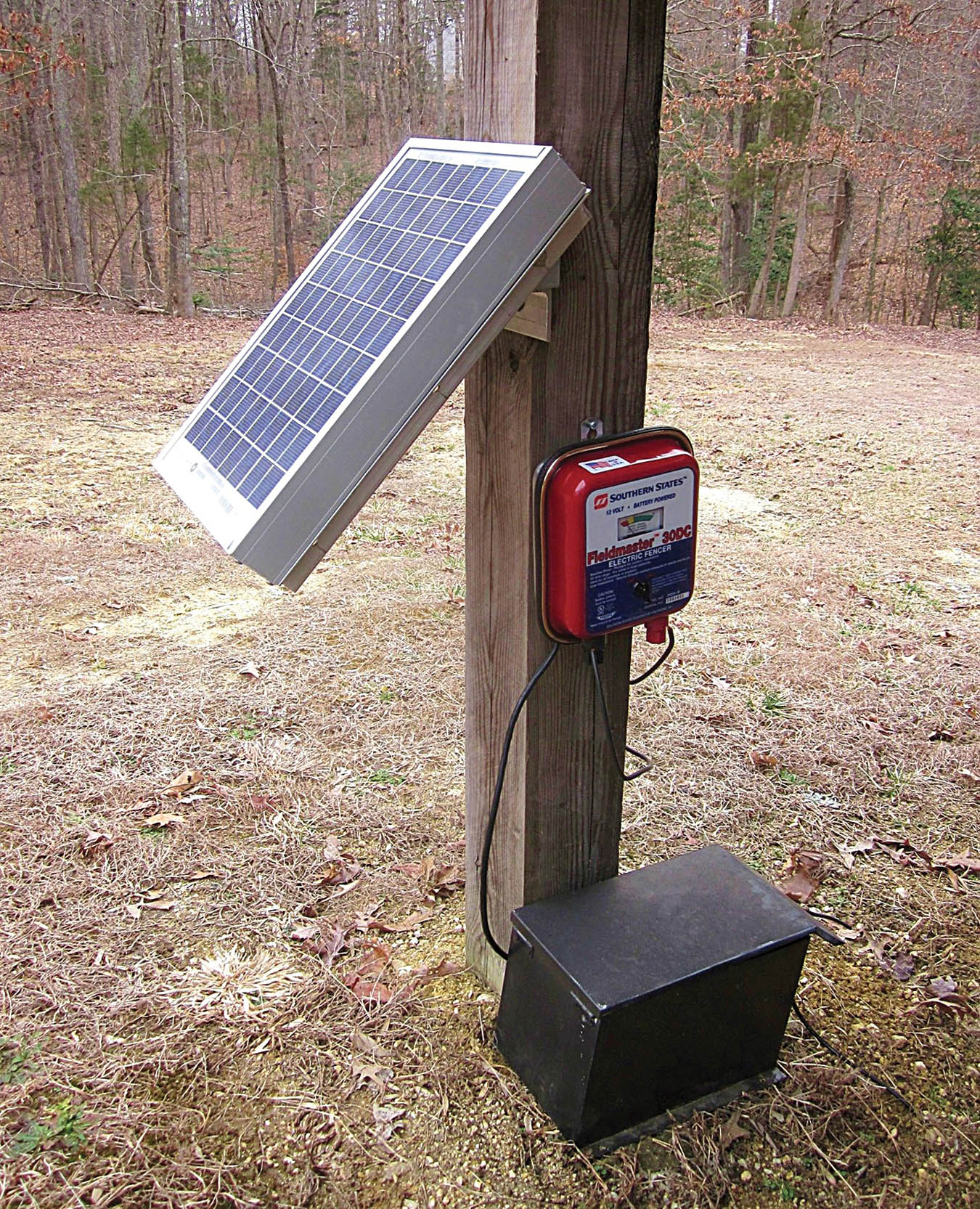
You can assemble your own system from separate components.
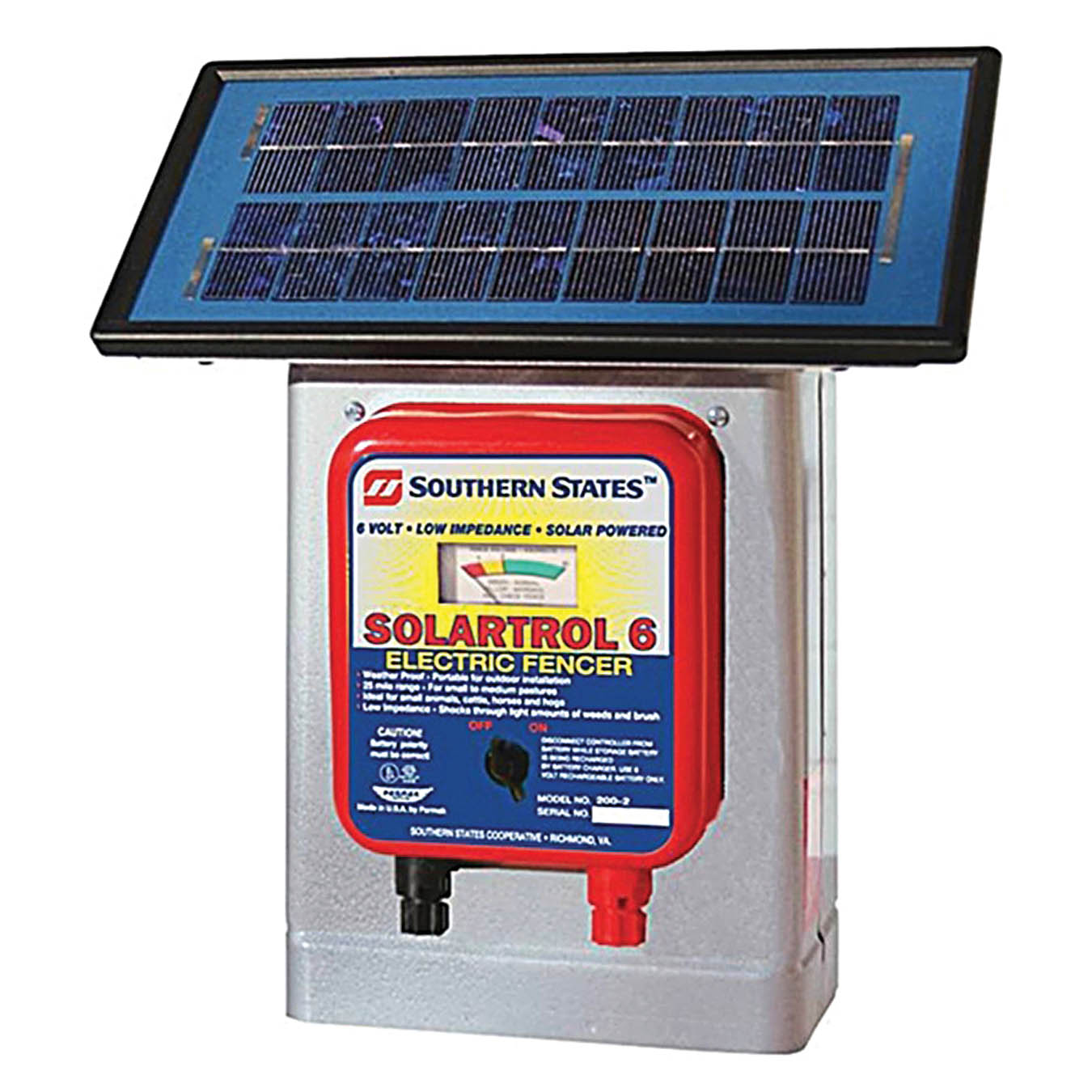
You can also purchase a pre-packaged system like this unit from Southern States.
Before getting into specific solar projects you may find helpful, I hope you will visit the Backwoods Home website and select the “Browse Articles” pull down, then highlight “Author Index.” Scroll down to the “Jeff Yago” tag, not the “Ask Jeff Yago” tab which is a question and answer archive and does not link to the articles. You should see most of my past writings including those referred to in this current article.
If you are totally new to solar power, you will probably find the solar charge controller the most confusing component, although every size and type of solar system requires one. What are they? What do they do? Why do I need one? Which type should I order? My article titled Solar charge controllers — myths, hype, and facts, in issue #153, May/June 2015 (which can be found in the “Author Index” ) provides answers to all the common questions.
Another more general solar wiring reference you might find helpful is my article titled, Solar system codes — build it right! in issue #154, July/August 2015, which provides a beginner’s guide to working with DC electricity and how it differs from the more common AC electricity powering our homes and businesses.

Solar entrance sign lighting using individual components
Solar electric fence chargers
With this as our starting point, one of the most common uses of solar power that will benefit any farm or ranch is the solar fence charger. Regular wood or metal fencing can be expensive and may require a fence contractor to install longer runs. However, an electric fence is low-cost and if you can drive a nail you can install one.
Many types of electric fence wire are available, from simple single strand bare wire to multiple tiny wires woven into brightly colored plastic ribbon, making it easy for larger animals to see and avoid. What you are trying to keep in, or keep out, will determine how many strands of wire will be required, their spacing, how close to the ground, and how high the electric fencing will need to be. Suppliers offer all kinds of free guidelines and sizing tables to help you decide.
Insulators are available to nail into a tree or existing wood posts if available, but steel or plastic posts are available that can be driven into the ground using basic hand tools and include special clips spaced along their entire length to quickly attach the wires. Solar chargers are available in multiple sizes and with several options. The easiest to install models includes an adjustable solar panel mounted on the top, and only requires attaching the entire unit to a sturdy post or tree and then connect the wires.
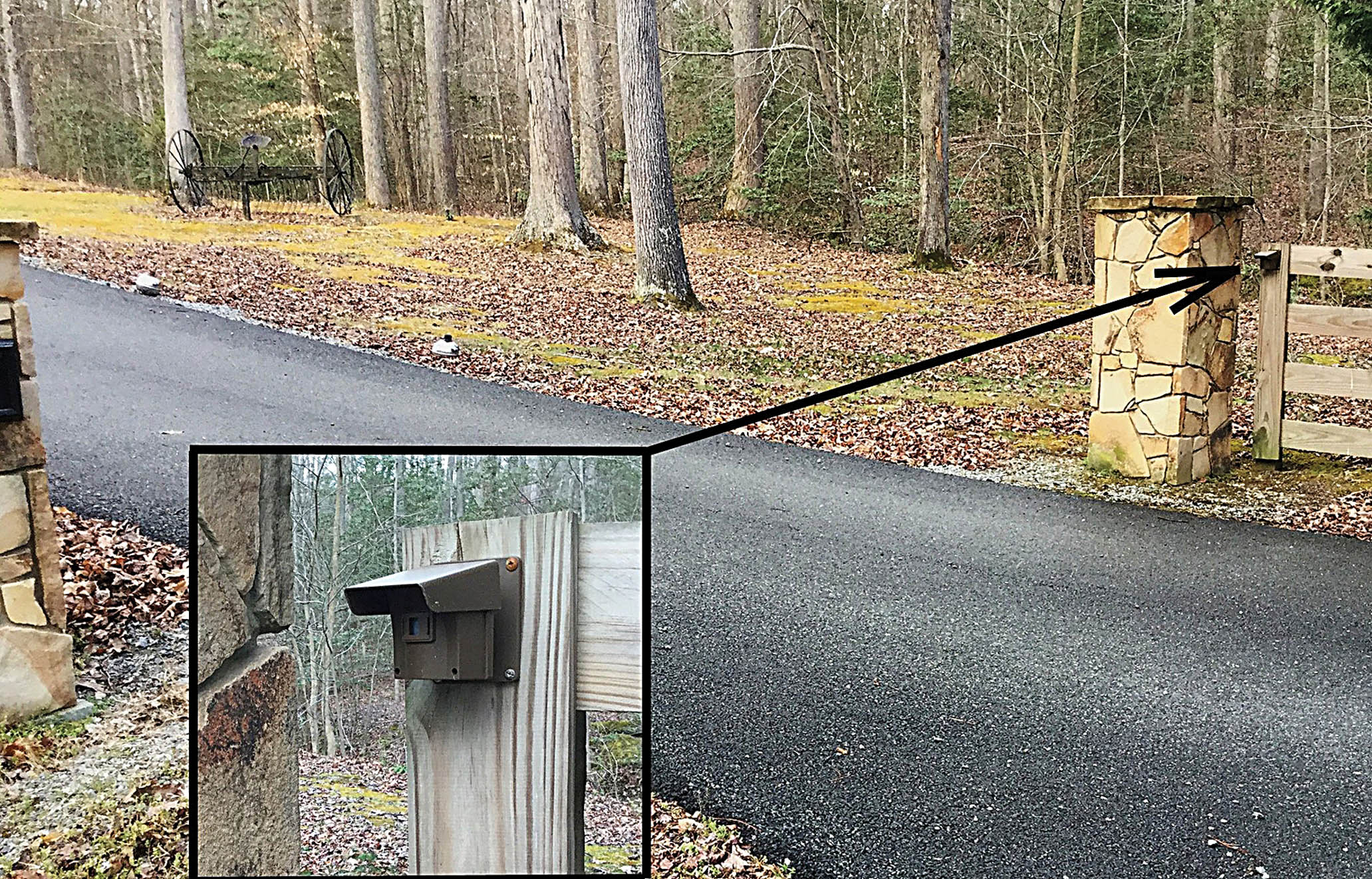
Solar-powered remote driveway alarm and gate opener
Smaller solar chargers utilize a built-in rechargeable battery, while larger models utilize a separately mounted RV/boat battery. Larger batteries are sometimes required in areas having weeks of inclement weather or limited sun hours. Solar chargers output’s are measured in “joules,” and even a smaller 2-joule charger can easily energize several miles of electric fence wire so don’t go overboard. A unit this size will typically cost between $110 and $180, depending on design features and warranty.
One wire attaches to the fence wire, and one wire attaches to a ground rod. Unless you are in an extremely hot and dry part of the country, the ground rod can be fairly simple and short. However, if the ground is very dry, the animals will not complete the electric circuit through their feet or hooves, which will significantly reduce the shock effect. Regarding the shock, while the fence voltage is measured in thousands of volts, the current is actually extremely small, which will make you wish you hadn’t touched the fence, but will not harm a person or animal.
You can find much more information, including installation and wiring instructions in my article titled, Solar-powered electric fencing in issue #147, dated May/June 2014.
Solar lighting
Probably the next most common use of solar power for the farmer, rancher, or more rural weekend gardener is solar-powered lighting and these come in all sizes from lighting an entry gate to a basketball size equipment yard. Typically solar exterior lighting utilizes either a motion sensor control to only turn on when someone is nearby, or an adjustable timed off setting which help extend battery life, although dusk to dawn operation is still possible for systems having larger batteries.
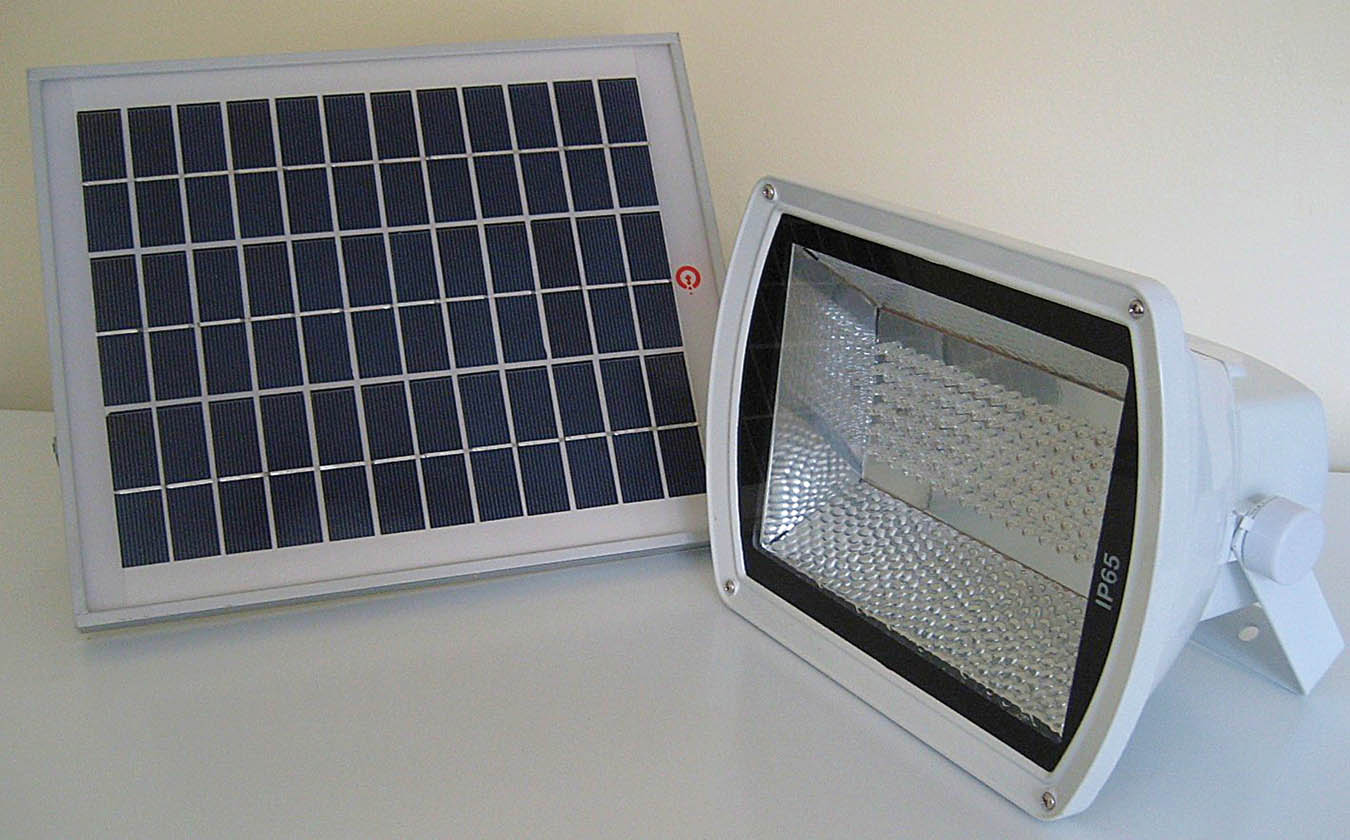
Solar LED lighting kit with built-in battery and charge controller, and separate solar panel
Many larger packaged solar systems are used to illuminate a large entrance sign to identify the farm or ranch, while smaller systems can illuminate an entry gate or perhaps a house number. Most installations are needed for more remote sections of the property that would require a very expensive above or below ground wire run for hundreds or even thousands of feet back to a house. For larger sign illumination, a solar power system can eliminate the cost of installing a utility meter and associated monthly bills.
When I was first designing and installing solar entrance lighting for long entrances to commercial and institutional facilities, exterior LED light fixtures were not yet available. This required using compact fluorescent lights, which were the most efficient form of small fixture lighting at the time. Unfortunately, these lamps were still in the 25-watt or higher range and most installations required four separate light fixtures to illuminate a double sided sign. This significantly increased both the physical size of the battery and the solar array, with costs of several thousand dollars per sign.
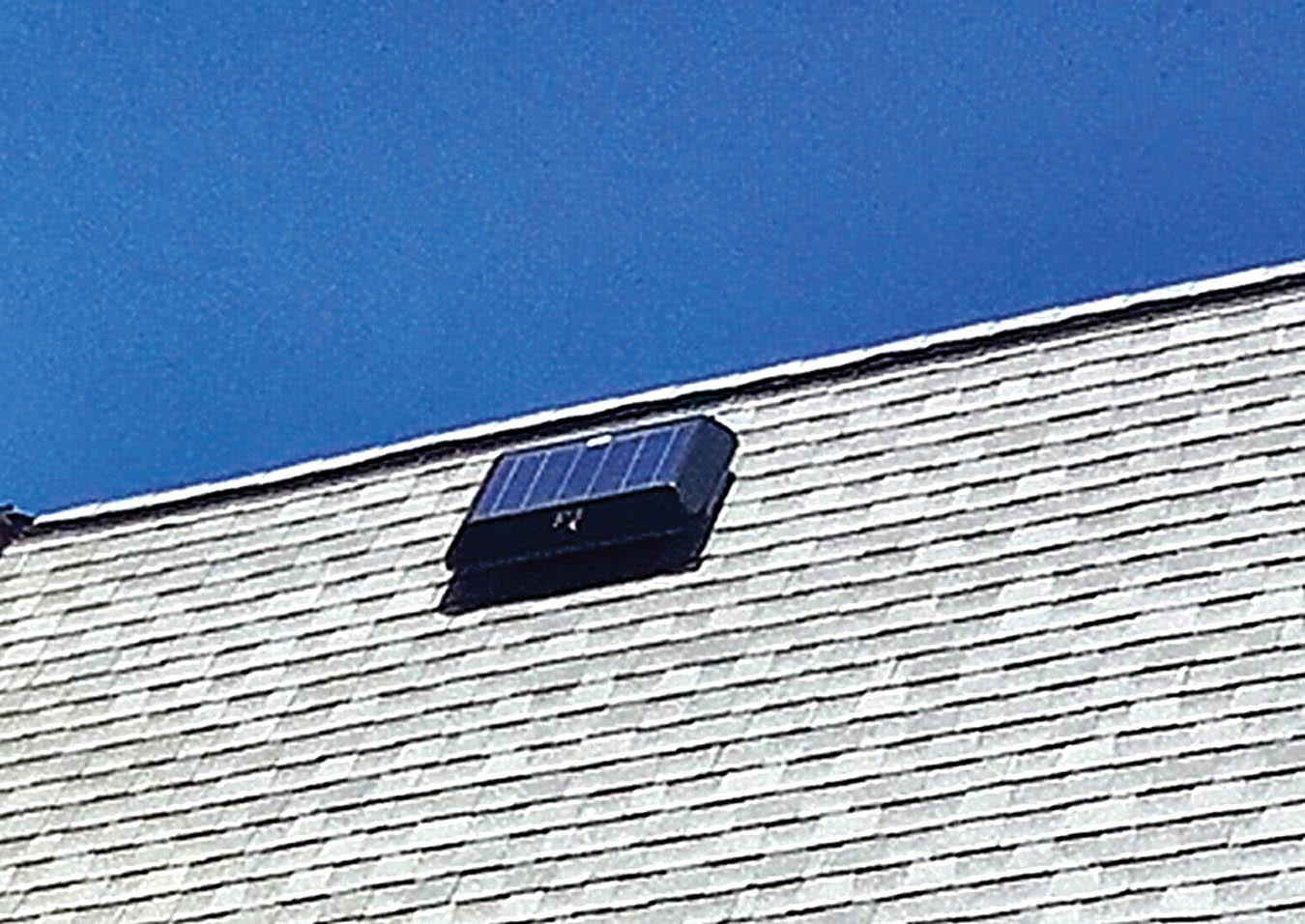
Self contained solar roof exhaust fan
Today the same illumination can be done with low-wattage LED lamps requiring only 4 to 5-watts, which reduces both the size and cost of the battery and solar array by a factor of five times, while providing equal or higher lumens of illumination.
For smaller non-commercial entrance signs and gates, there are now solar kits costing in the $150 to $250 cost range, depending on number of LED lamps and days of autonomy for the battery size. While there are less expensive solar lighting kits, some costing under $50, I have found many will only operate one or two nights without recharging if there are multiple days of inclement weather. You usually get what you pay for, and many of these low cost solar lights utilize lots of plastic components that will deteriorate very quickly, including the plastic lens over the solar cell when exposed to direct sun every day. While my solar-powered lighting article in issue #92 dated May/April 2005 was written before LED lighting was available, it still can give you some general solar lighting ideas and design considerations.
Solar water pumping
An extremely common use of solar power today for large farms and ranches is solar water pumping for animal watering. Although solar water pumping will be more expensive than the smaller solar applications I have identified due to the more rugged and higher capacity components required, these systems can be extremely useful if you maintain large herds of cattle on hundreds of acres of property.
In addition, although you may have a small stream or overflow from a pond on your land, there are now restrictions on water contamination leaving your land due to animals using the water resources for toilets or just keeping cool.
There are now federal funds available to pay for most of the cost of a solar-powered well pump and associated watering tank if this allows fencing off the animals from the surface water sources.
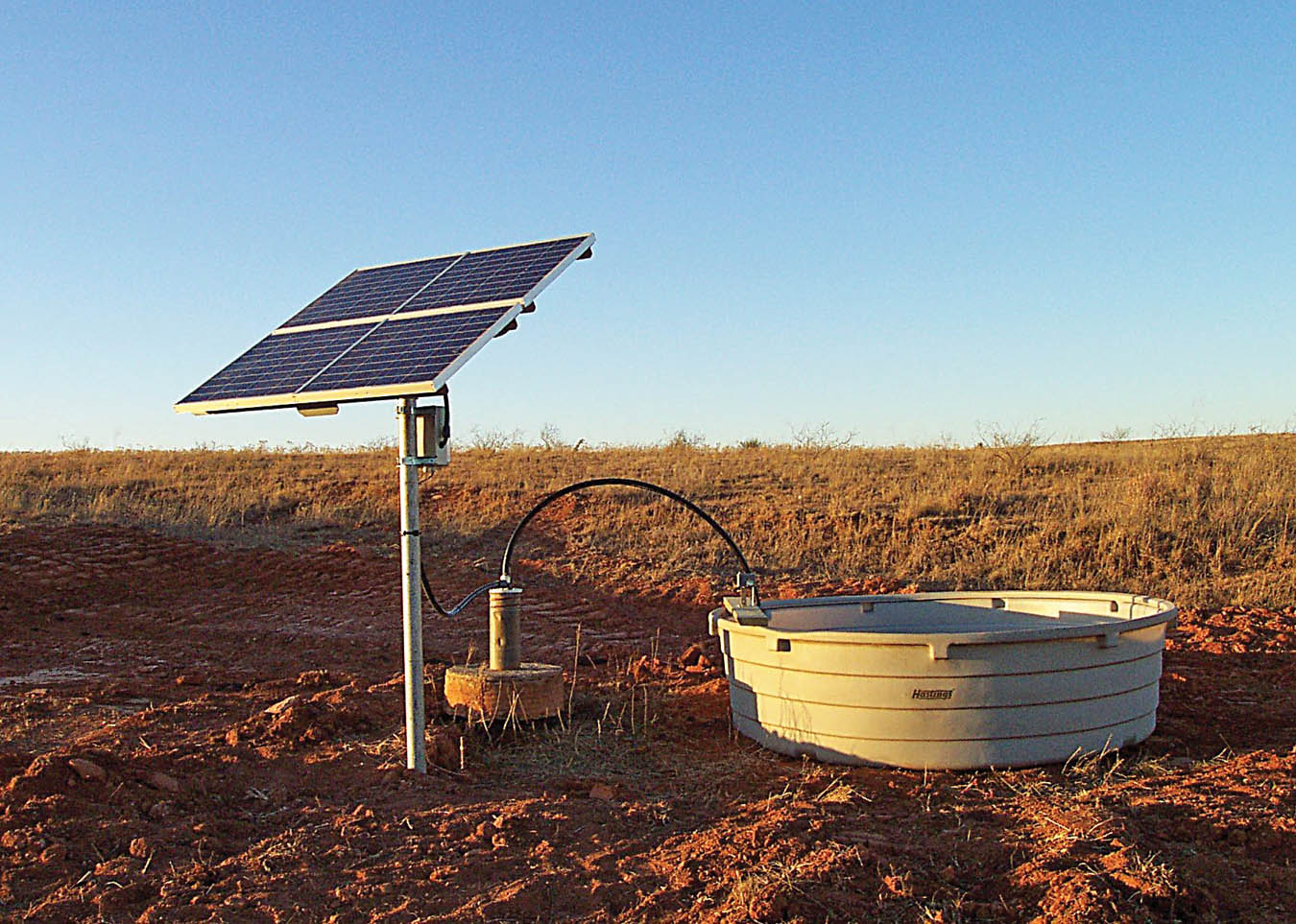
Solar-powered 24-volt DC deep-well pump to supply remote stock tank
One large rancher I helped had a large lake and associated runoff stream which he completely fenced off, then had me install a solar-powered well pump held off the bottom by a raft above. We ran several hundred feet of underground plastic pipe up to a watering tank located inside a fenced grazing area higher up the hill.
One word of warning however. If you are just getting into the raising of large animals, if they do not have daily access to fresh drinking water, they will find it and there is no fence you can install that will stop them! Make sure any solar-powered watering system you install has both an adjustable rate of pumping, and the stock tub is large enough to have excess water capacity, just in case. You will also need a float switch to turn off the pump when the tank is full or you will soon have an extremely large mud hole around the tank as the animals come and go.
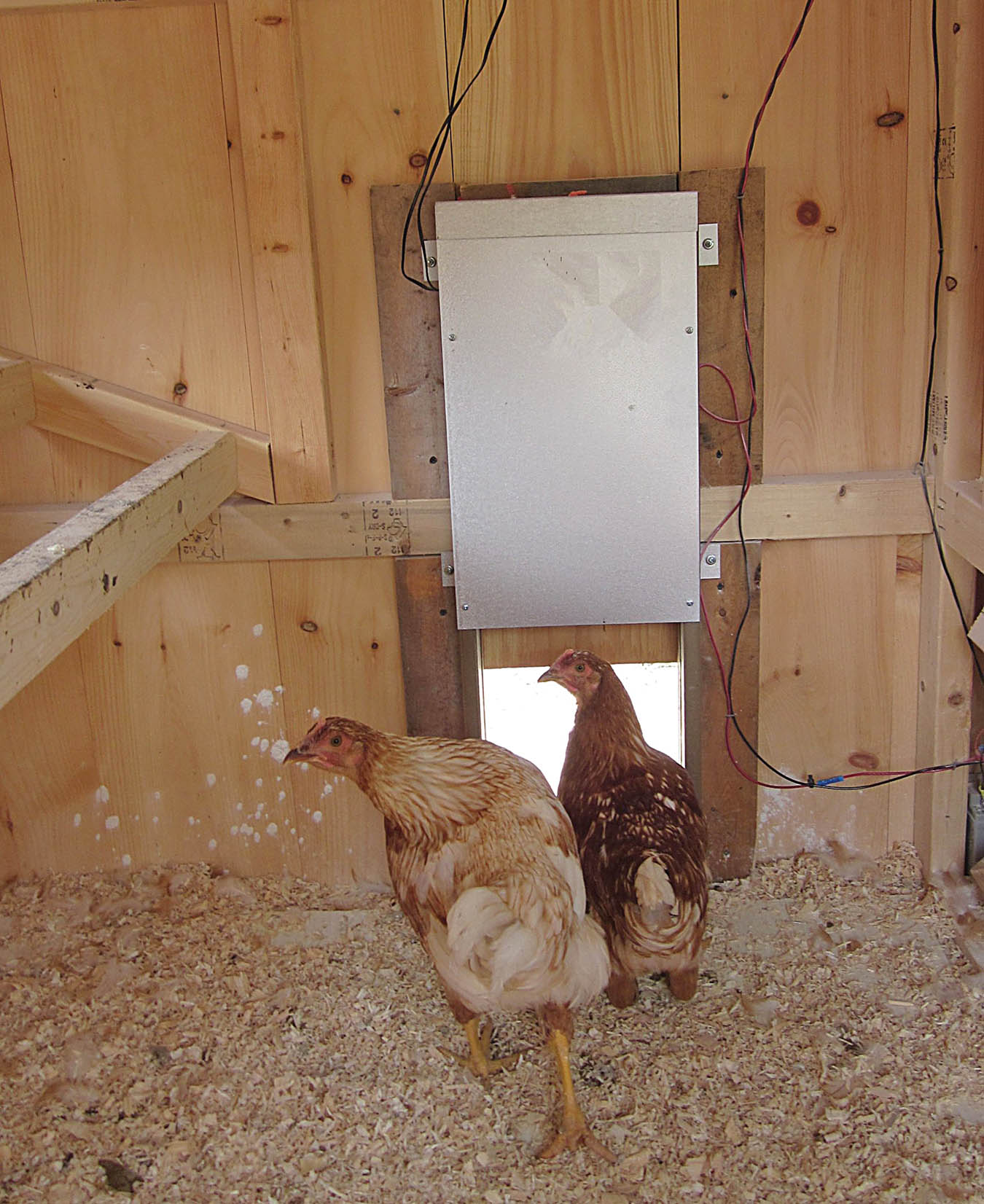
Solar-powered automatic chicken coop door with clock control
Other useful solar kits
The final group of solar-powered devices I will address that a farmer or rancher may find useful are solar-powered gate openers, solar-powered driveway alarms, solar-powered greenhouse and barn exhaust fans, solar-powered lake aerators, and solar-powered automatic doors for chicken and turkey houses. These include clock controls to open the doors in the morning and close them at night to prevent predators getting inside after dark. While I have occasionally found a very scared chicken sitting up on top of my truck after dark who was late getting back, most quickly learn when it’s time to roost.
Although this is not enough space to go into more detail on these systems, you will find past articles in the archives for most of these solar systems if you need more information.
Conclusion
Solar has not only gone mainstream, but these systems can be even cheaper and more reliable than more conventional grid power for many remote applications, especially if they can save running hundreds of feet of underground power wiring. Give it a try and send us photos of your more unique solar applications.


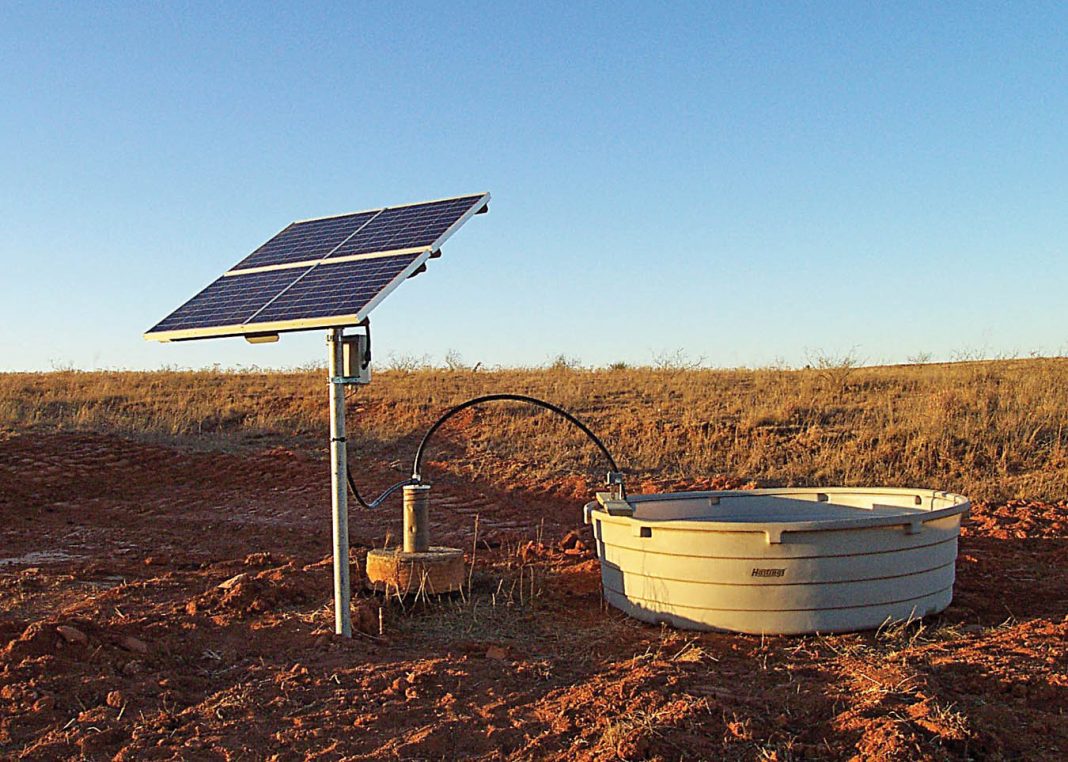







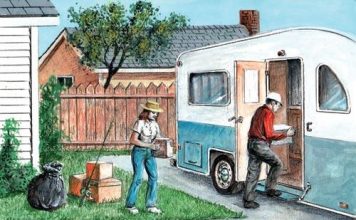



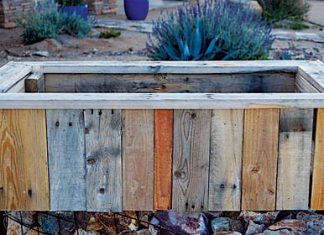
Would you have an idea on how to use solar for melting ice dams in gutters and on roofs? I think it would be a great application for solar but I don’t know the ins and outs.